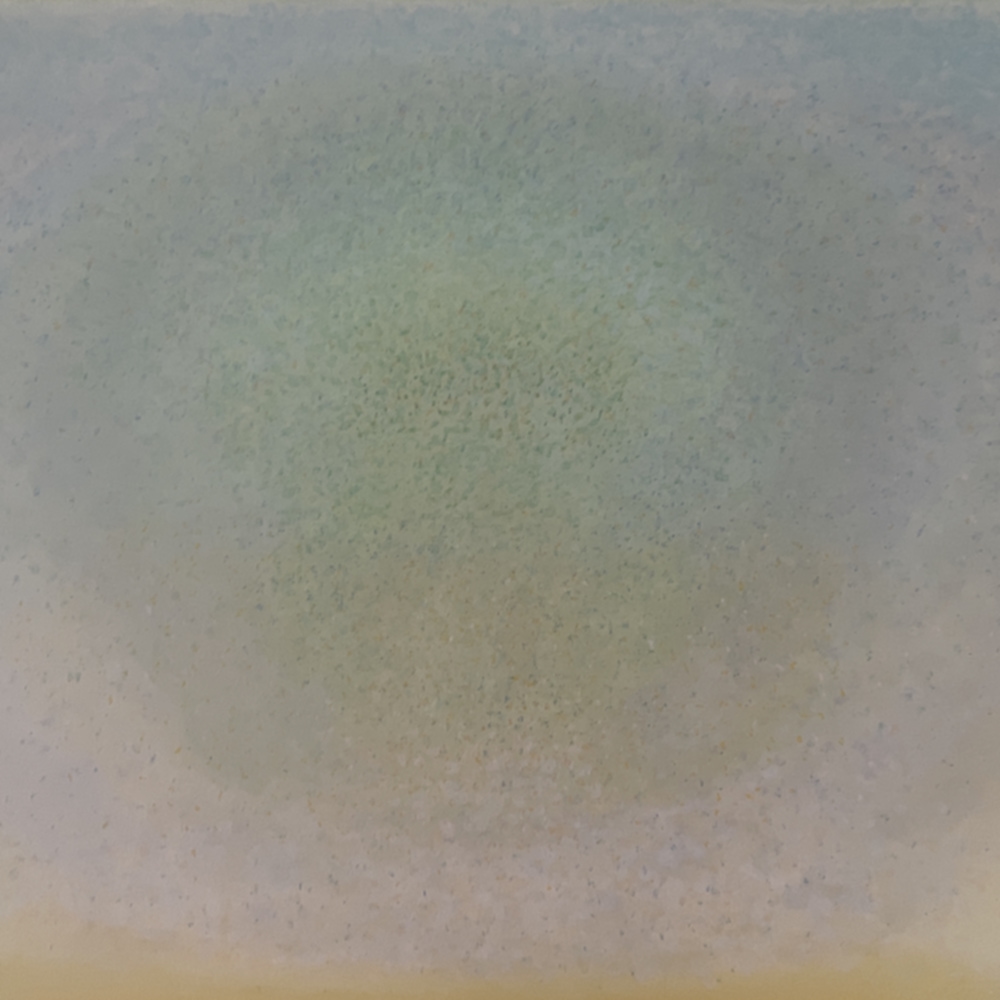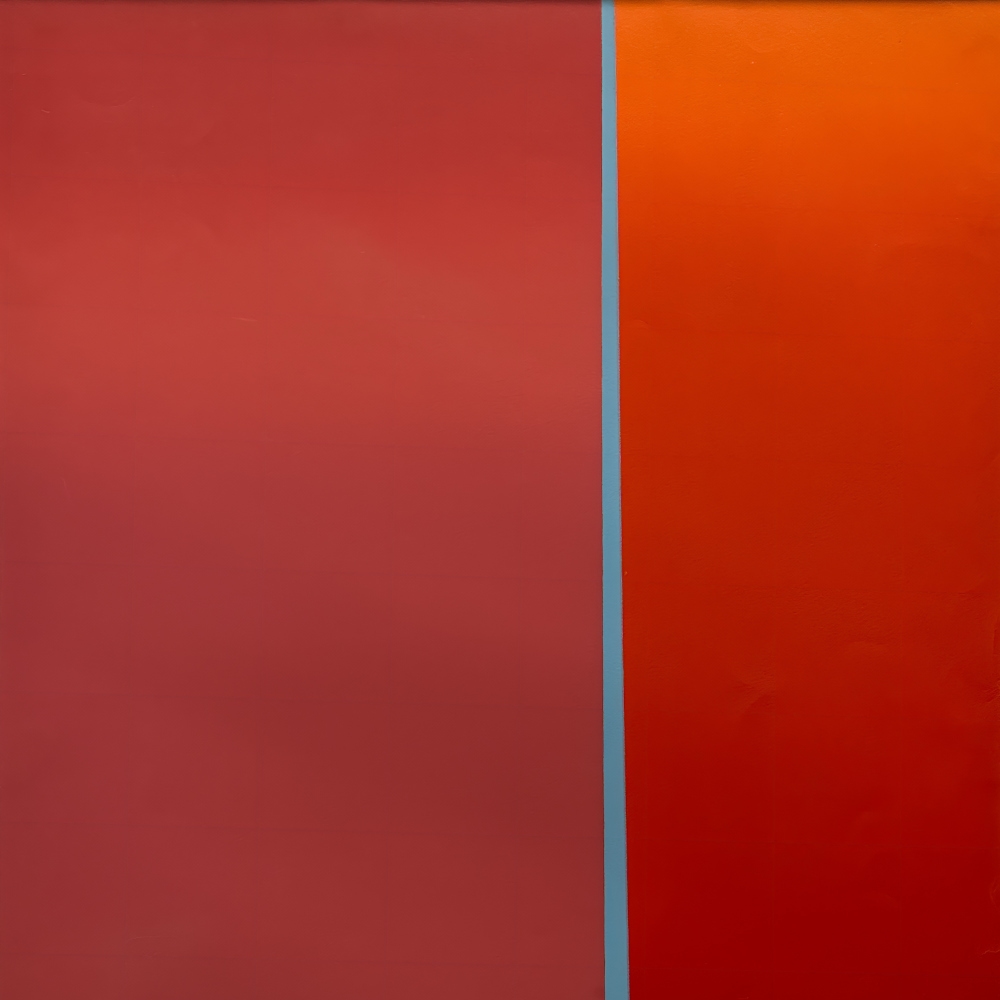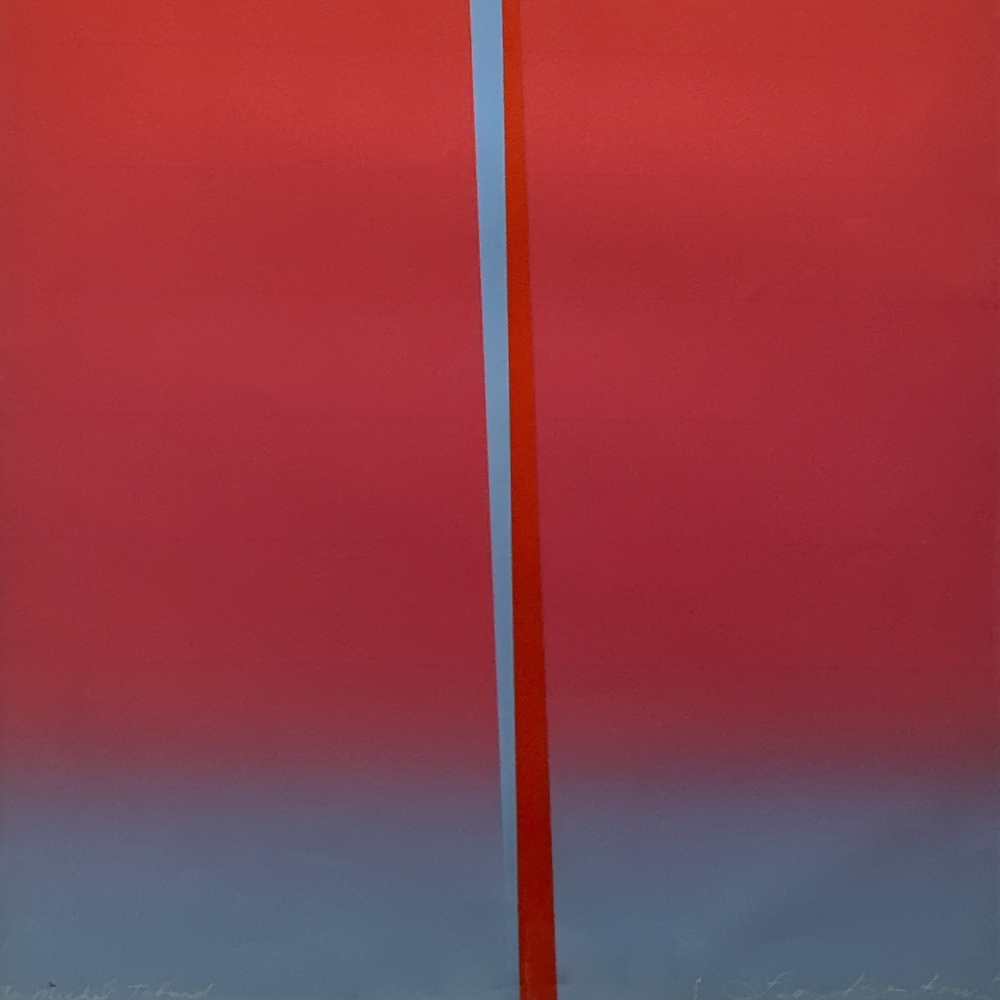Leon Berkowitz was a founding member of the Washington Color School, though he never fully embraced the association, emphasizing the influence of poetry, music, and physics in his work over formalistic concerns. Nonetheless, he is known for filling his canvases with fields of vibrant modulated color. Unlike the introspective mid-century Abstract Expressionists such as Mark Rothko and Barnett Newman to whom he is often compared, Berkowitz’s works originated in external sources of inspiration, in particular the luminous landscapes he encountered on his travels through Greece, Israel, and Wales. He further distinguished himself by continuing to paint in oil after many of his peers adopted acrylic, valuing the “visually seductive resonance and depth” he felt he could achieve with the older medium.
Berkowitz attended the University of Pennsylvania, the Art Students League of New York, the Corcoran College of Art and Design, and L’académie de la Grande Chaumière. He served in the Army during World War II, after which he moved to Washington, D.C., where he remained for the rest of his life.
Berkowitz and his wife Ida Fox co-founded the Washington Workshop Center, a gallery, school, and workshop, which became a central gathering place of Color School artists.
Berkowitz’s work can be found in major collections worldwide, including the Smithsonian American Art Museum (which holds five of his masterpieces), the National Gallery of Art (Access. No. 2015.143.27), the Ringling Museum of Art, the Phillips Collection (Obj. No. 0122), MOMA, Atlanta’s High Museum of Art, and many others.


